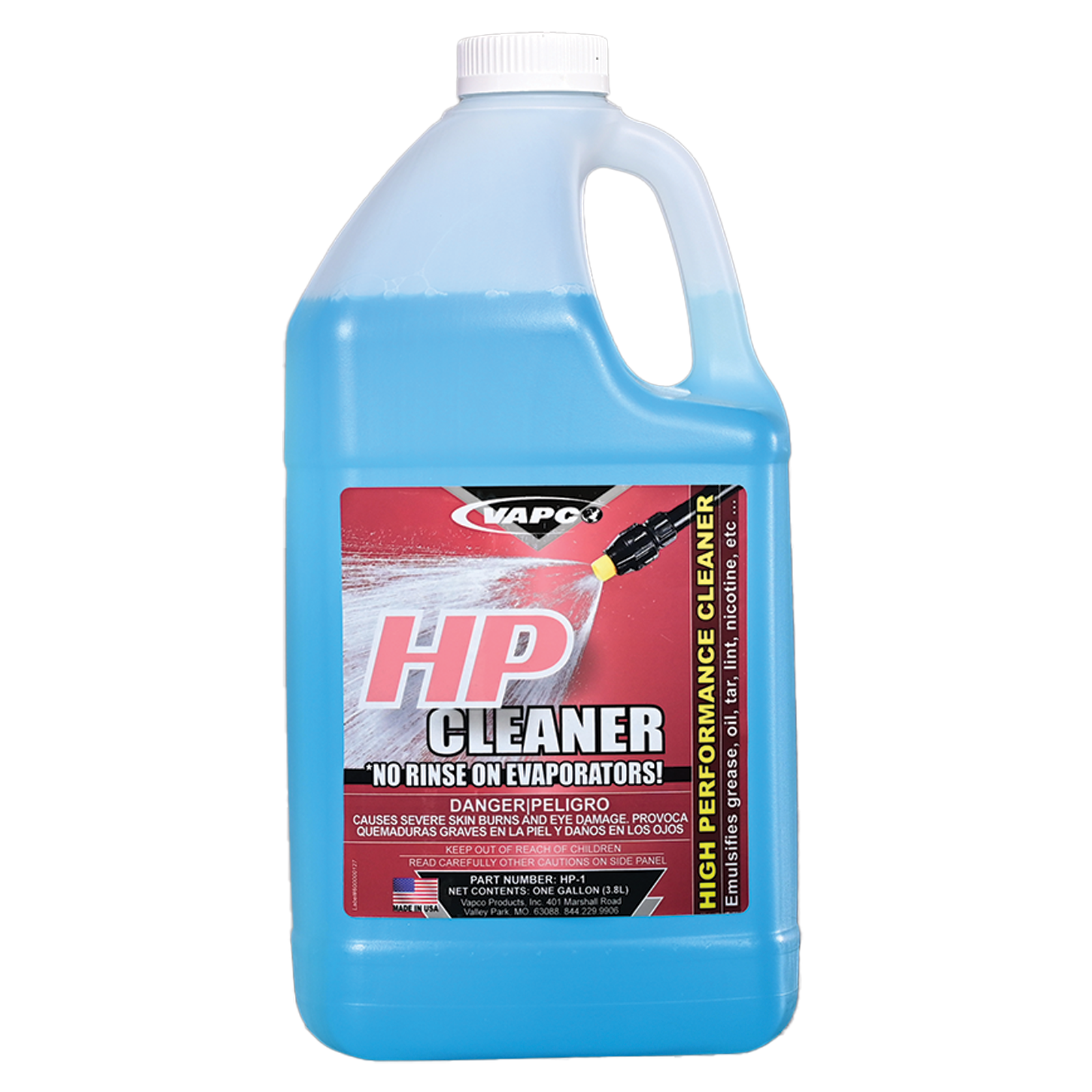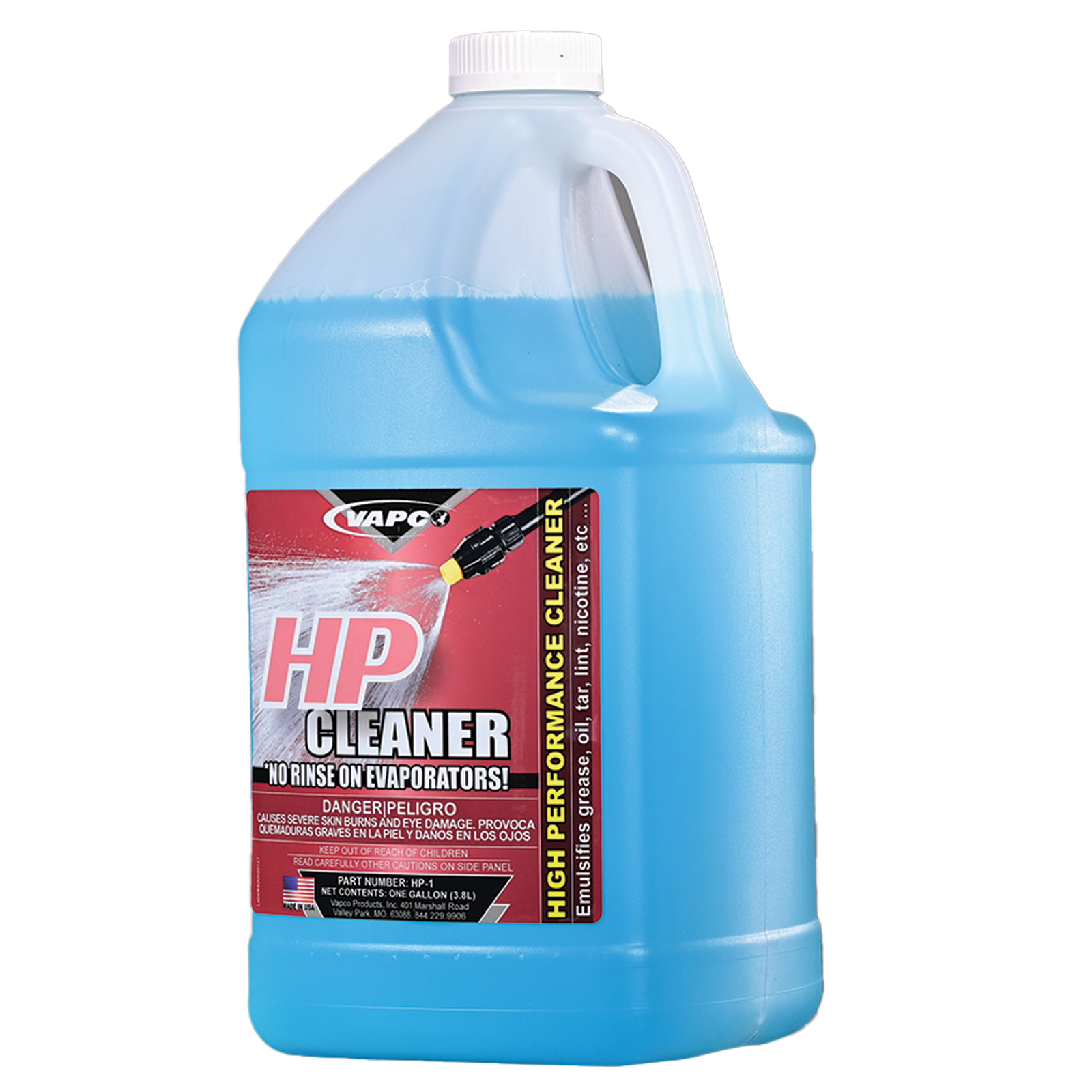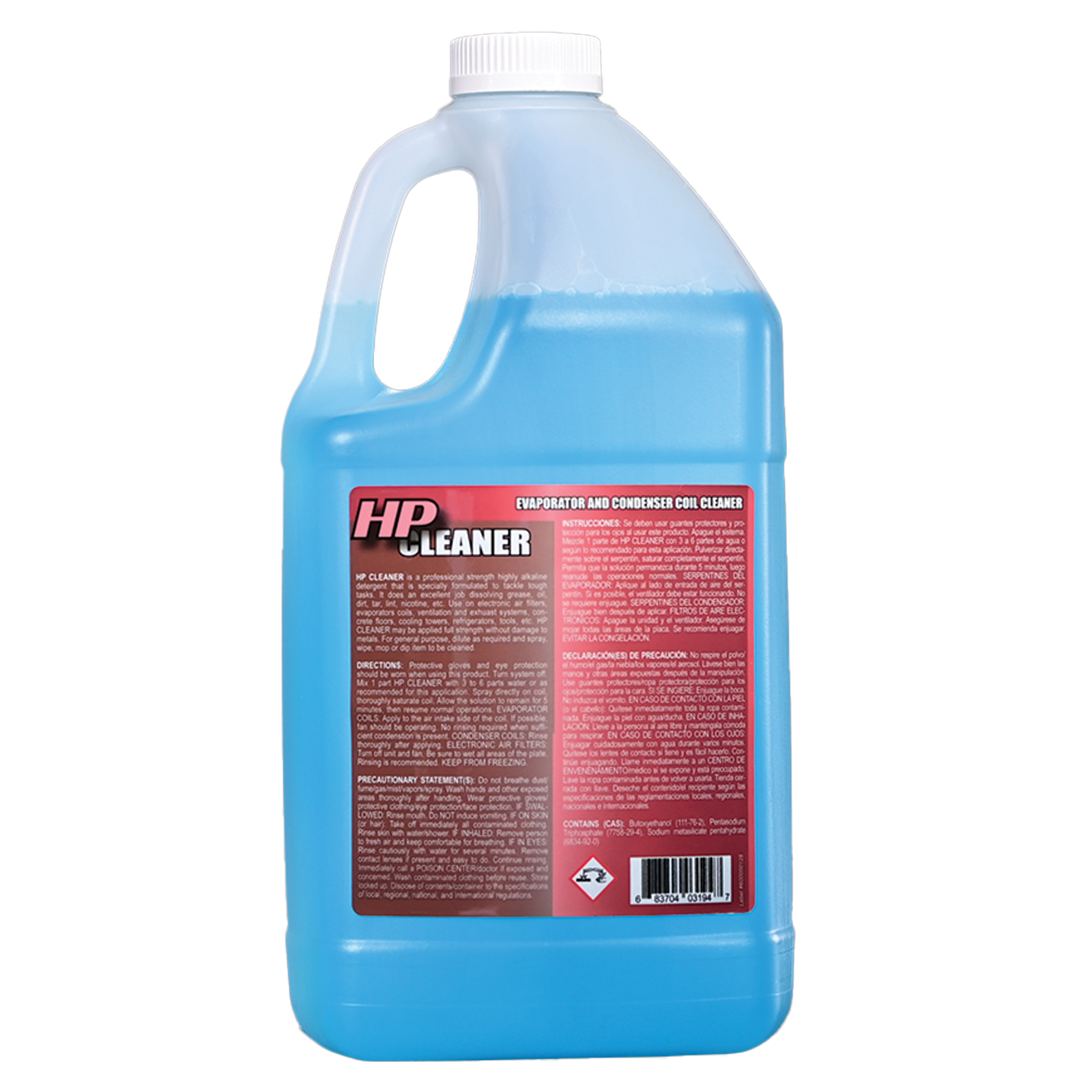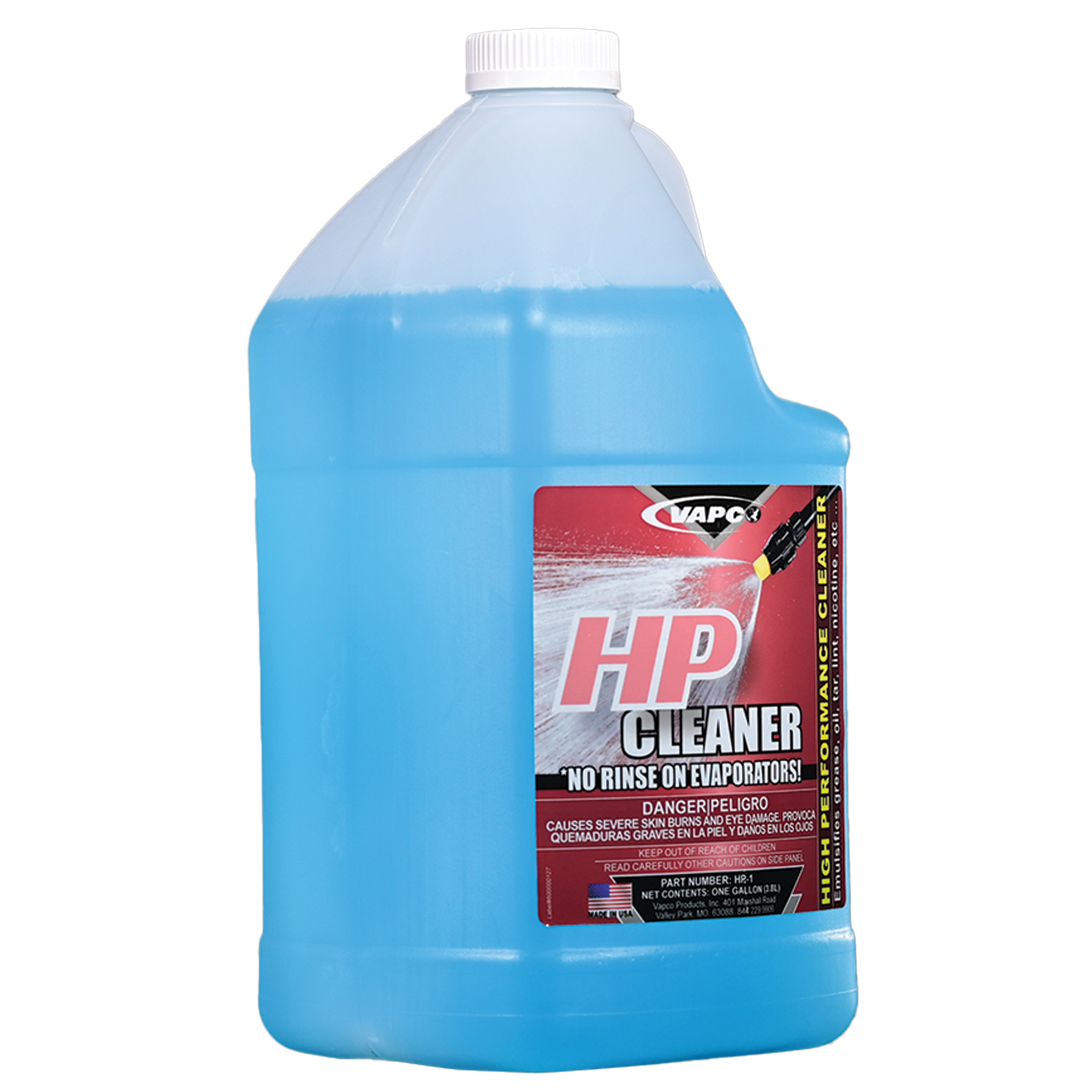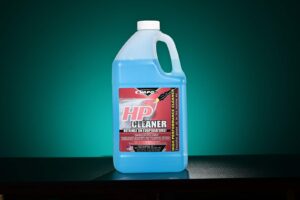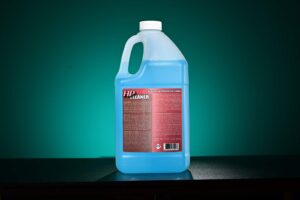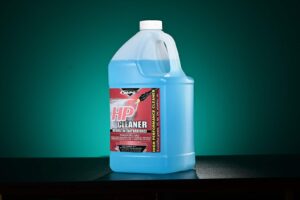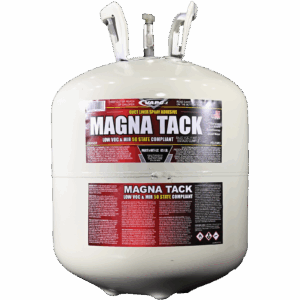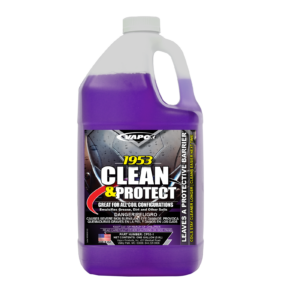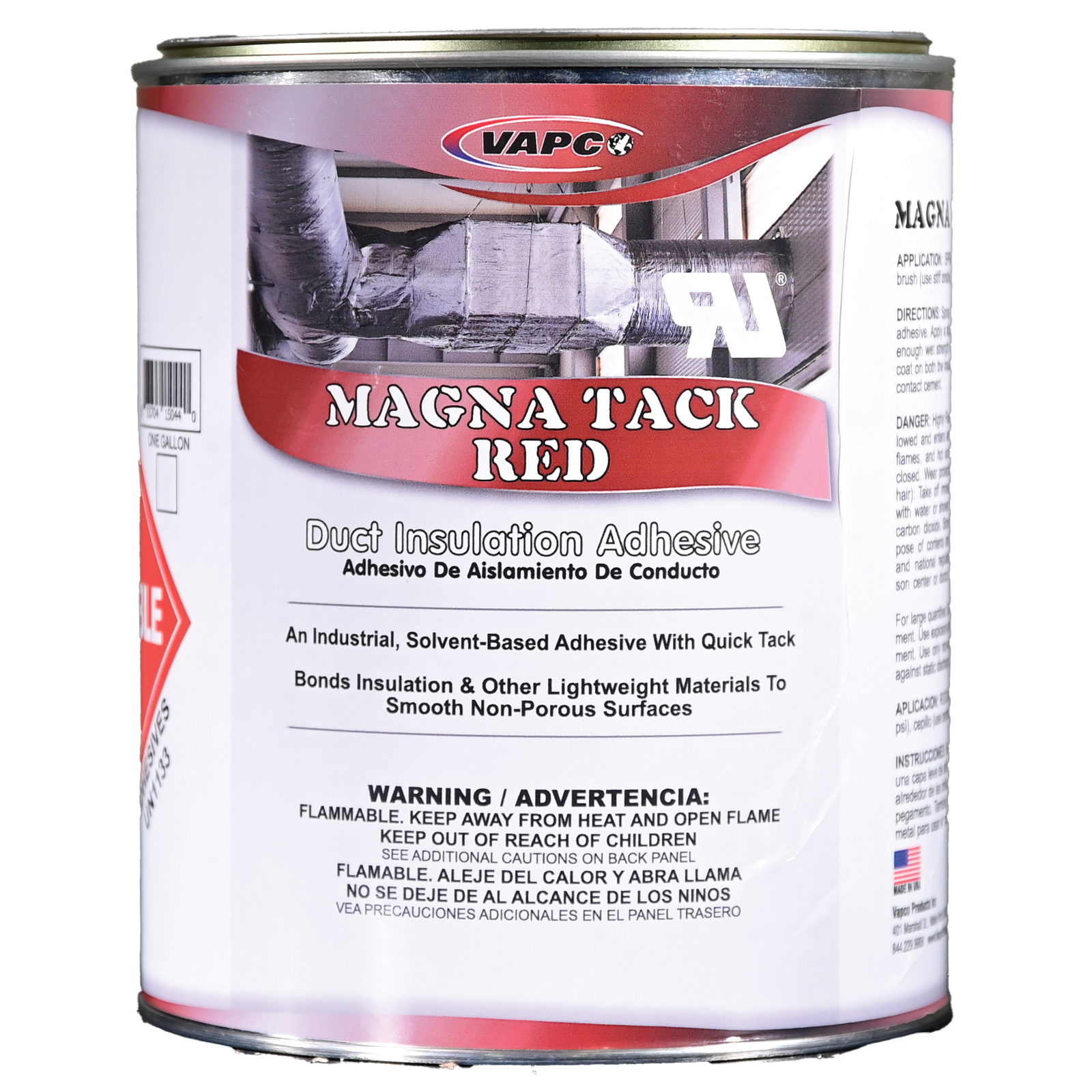HP CLEANER
Powerful, Versatile Evaporator Coil Cleaner
HP CLEANER is a specialized evaporator coil cleaner designed to effectively remove stubborn dirt, grease, nicotine,lint, and other contaminants. Its powerful formula ensures deep penetration and thorough cleaning.
Key Features and Benefits:
- Heavy-Duty Cleaning: Removes tough deposits with ease.
- Non-Acid Formula: Gentle on surfaces while providing powerful cleaning action.
- Meets USDA Standards: Safe for use in food processing environments.
- Cleans Multiple Components: Ideal for evaporator coils, condenser coils, and electronic air filters.
- No Rinsing Required: Saves time and effort for most applications.
- Available in Super-Concentrated Quart: Convenient and cost-effective option for shipping without hazmat fees.
- Zero VOC Content: Environmentally friendly and safe to use.
HP CLEANER is a reliable and effective solution for maintaining clean and efficient HVAC systems. Its powerful cleaning action and versatility make it a valuable asset for professionals and homeowners alike.
Part Number; Size
- HPG-1Q 32 oz 8/cs
- HP-1 1 gal 4/cs
HP Cleaner Directions:
Effective Coil Cleaning in a Few Simple Steps
Before Use:
- Wear Protective Gear: Always wear gloves and eye protection.
Application:
- Power Off: Turn off the HVAC system.
- Dilute: Mix 1 part HP CLEANER with 3-6 parts water.
- Spray Coil: Spray the diluted solution directly onto the coil, ensuring thorough saturation.
- Allow to Sit: Let the solution sit for 5 minutes.
- Resume Operation: Restart the HVAC system.
Specific Applications:
- Evaporator Coils: Apply to the air intake side while the fan is running (if possible). No rinsing is necessary.
- Condenser Coils: Rinse thoroughly after application.
- Electronic Air Filters: Turn off the unit and fan. Spray onto the filter and fan, wetting all areas of the plate.Rinsing is recommended.
Important Note: Keep the solution from freezing for optimal performance.
By following these steps, you can effectively clean and deodorize your HVAC coils using HP CLEANER.
DANGERS & PRECAUTIONS
Read and understand the product’s label and Safety Data Sheet. Do not breathe mists. Wash hands/gloves thoroughly after handling. Wear protective gloves, eye protection, and protective clothing. Provide adequate ventilation to keep the vapor concentration below TLV.

